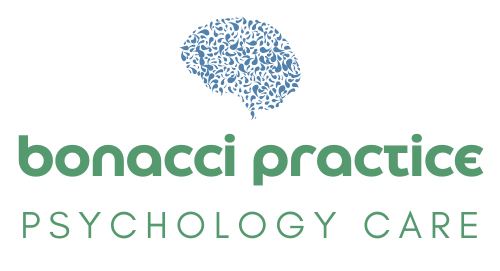Attachment/ Relationships
Attachment Therapy
What is attachment.
Attachment is the deep and enduring emotional bond that connects on person to another across time. It develops when we are babies, over the first few years of our lives based on the bonds we have with our primary care givers. As we get older, our attachment style stabilises and becomes our working model with how we relate to others.
Our attachment working model:
- determines how we enter attachment relationships (for example: friends, partners, peers)
- is directed towards maintaining contact with others
- is how we seek security and comfort and respond in distress
Why is attachment important.
Attachment is important because as a child it affected how we developed physically, emotional behaviourally and socially. We were ultimately affected by the quality of the attachment relationship (by our carers). Attachment as an adult influences our personal relationships and friendships.




